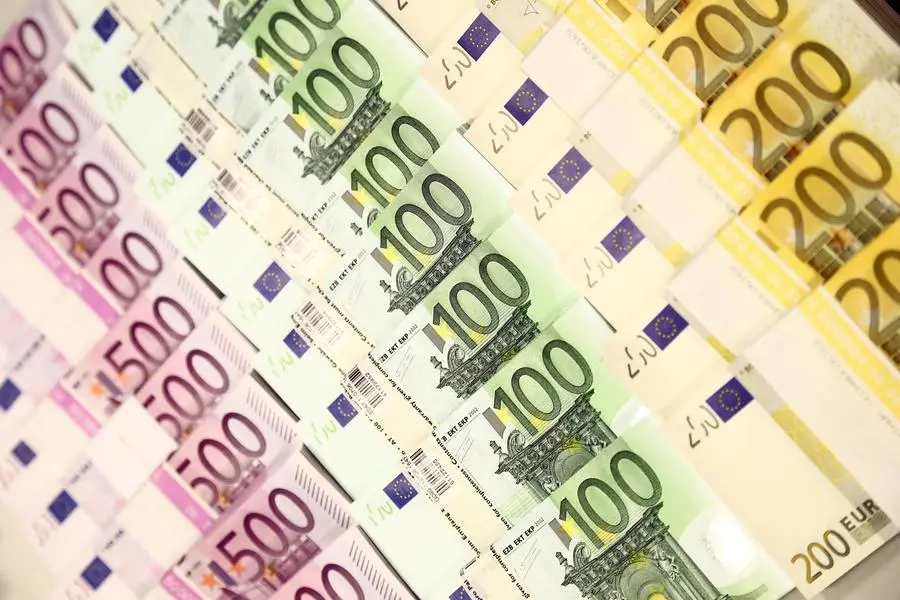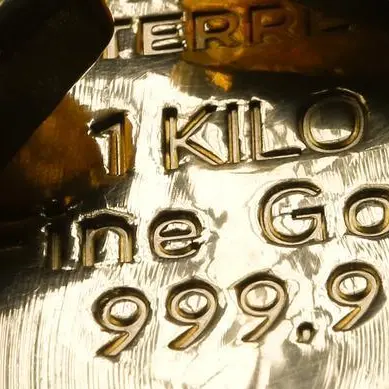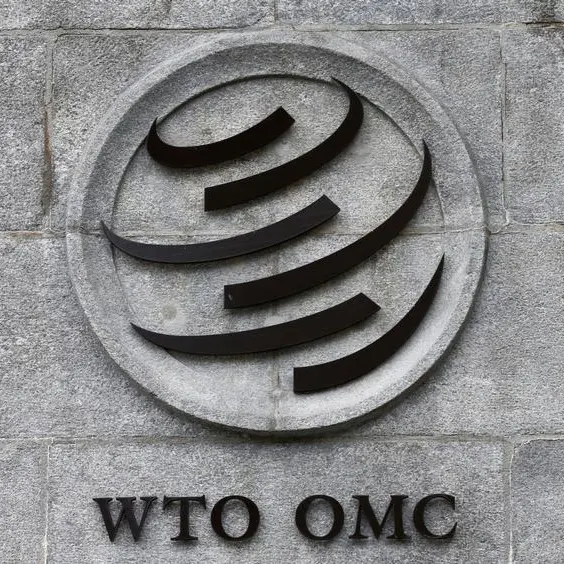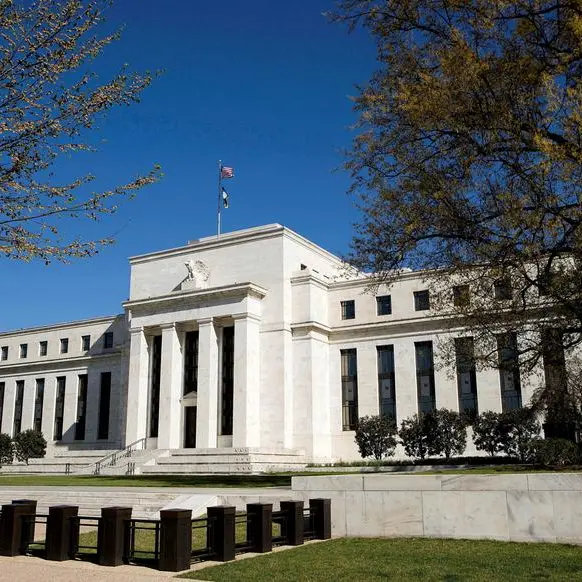PHOTO
LONDON - The percentage of risky European companies most likely to default rose in March as turbulence in the banking sector stirred market volatility, but it remained well below the level during the pandemic, Fitch Ratings said on Friday.
Fitch’s "European Bonds of Market Concern List", which reflects the percentage of bonds across its high-yield, or junk, universe, at most risk of defaulting, rose to 4.1% last month, from 3.1% a month in February, the rating agency said in its European High-Yield (HY) Market Insight 1Q23 update.
The list, based on a score that takes into account factors such as credit rating, debt prices and near-term maturities, includes the riskiest issuers, such as French retail company Casino, whose bonds in March hit distressed levels after lower cash generation raised doubts over its ability to refinance its maturing debt.
Consumer goods, food retail and real estate are the most vulnerable sectors on the list, which is below the peak of 6.7% seen during the pandemic, the report said.
The list gives an early indication of which companies are at risk of default. In 2022, around 70% of the issuers in the "Concern" list ended up defaulting, the report showed.
Fitch expects the high-yield default rate to hit 2.5% by late 2023, up from an estimated rate of 1.3% in March. The agency expects a rise to 4% by 2024 as companies struggle to refinance their maturing debt.
The amount of high-yield debt to refinance this year and next appears to be manageable after companies took advantage of favourable credit conditions over the last few years to extend their maturities and lower their cost of funding.
But debt maturities will ramp up significantly, accounting for 17% of the overall high-yield market in 2024, 37% by the end of 2025 and 56% by 2026, as companies grapple with the fastest tightening cycle in a decade, Fitch said.
(Reporting by Chiara Elisei; Editing by Amanda Cooper and Barbara Lewis)












